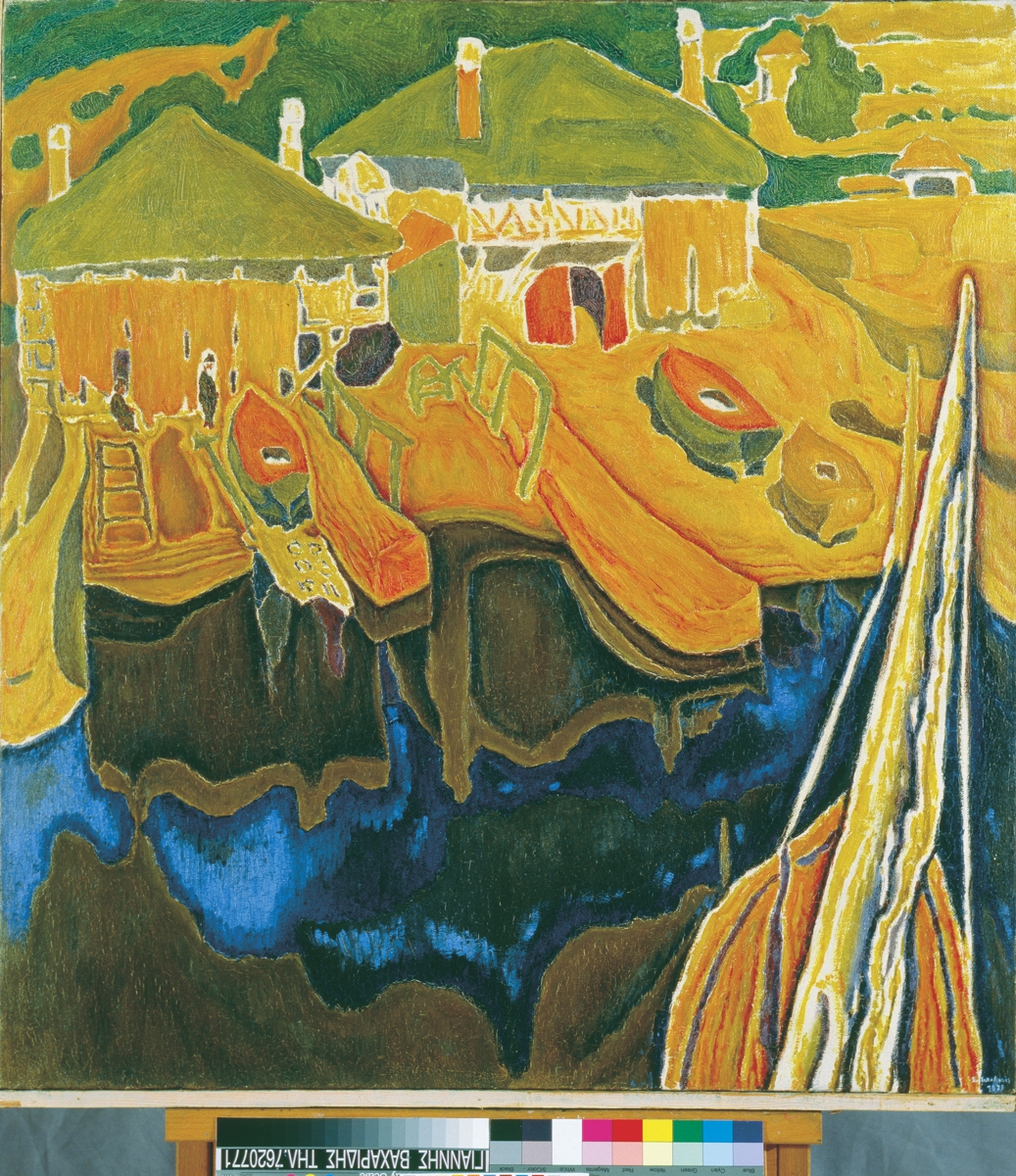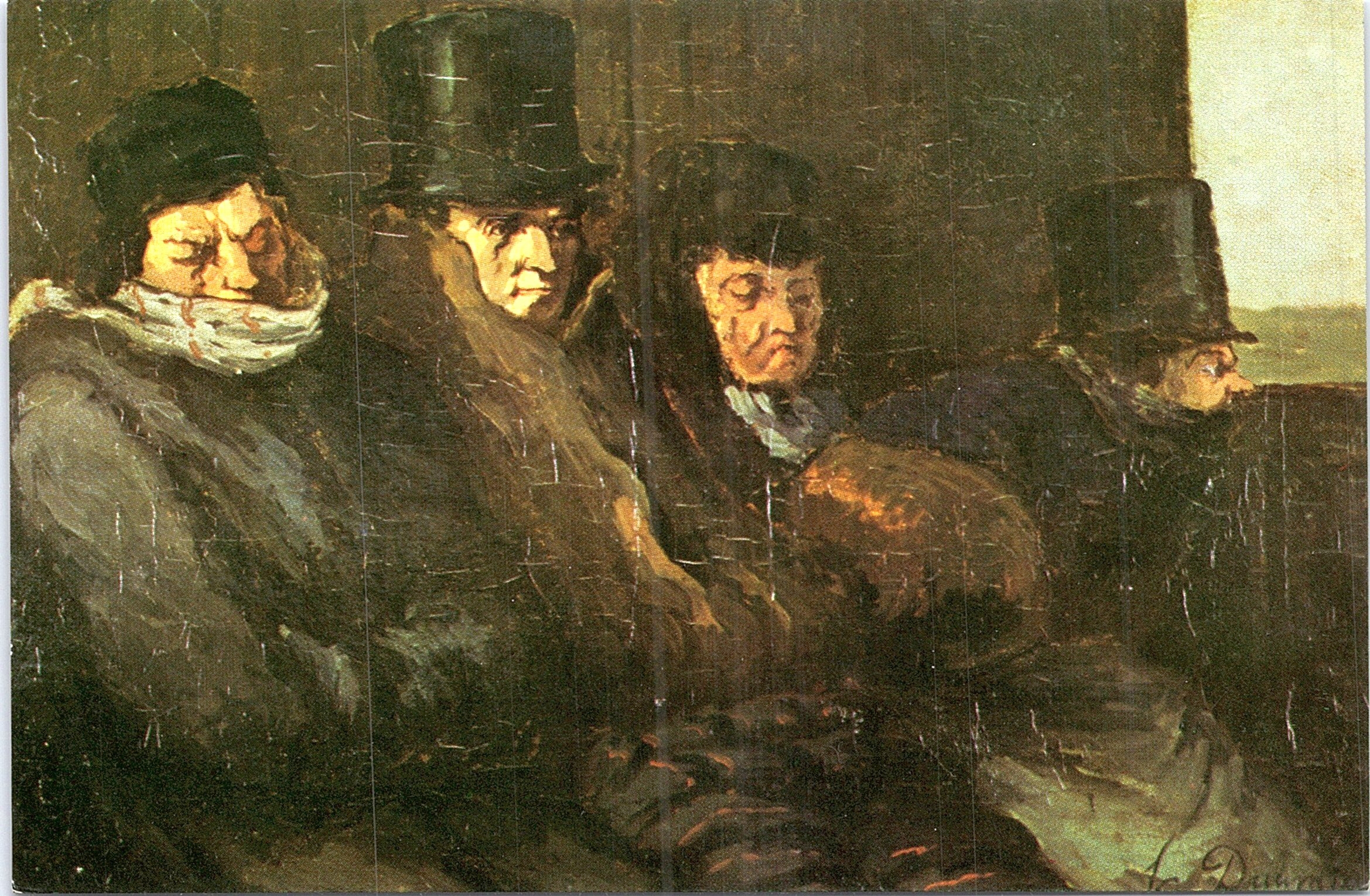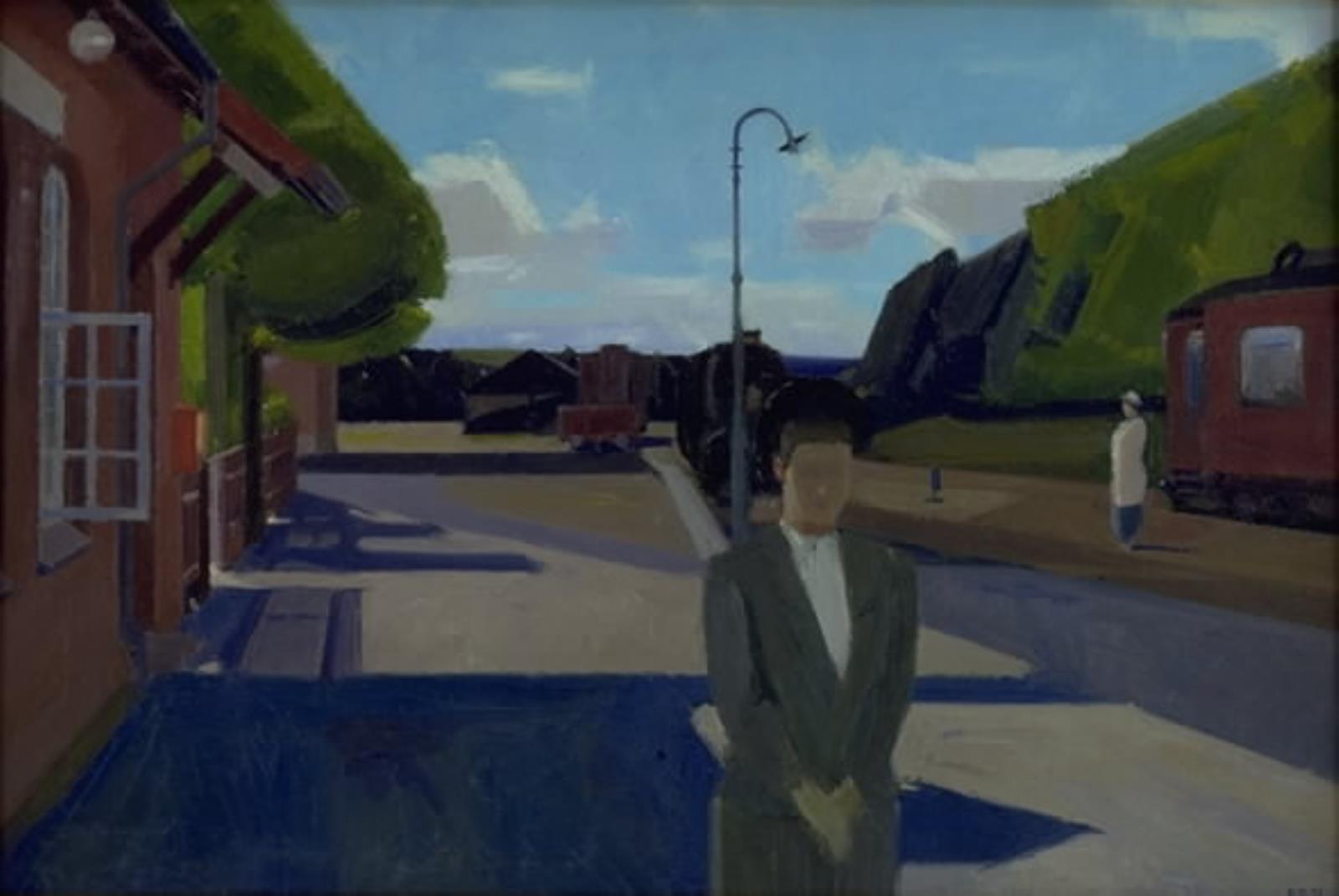Rijksmuseum – Licence: Public Domain Mark 1.0 Source: Europeana
i am
As I stand in this narrow alleyway, I embody the essence of a forgotten moment in time. The warm hues of the walls whisper stories of the past, while the shadows cast by the buildings evoke a sense of mystery and solitude. I am a silent observer, capturing the juxtaposition of life and stillness. The figure on the horse, draped in vibrant red, symbolizes nobility and authority, contrasting sharply with the humble man in the foreground. This dynamic speaks to the social hierarchies that have long defined human existence. The narrowness of the alley reflects the constraints of society, where paths are often limited, yet the journey continues. Emotionally, I resonate with a sense of longing and introspection. The viewer is invited to ponder the stories that unfold within these walls, the lives intertwined in this space. The distant mountains hint at aspirations and dreams, suggesting that beyond the confines of this alley, a broader world awaits. Symbolically, I represent the passage of time, the blend of the mundane and the extraordinary. The alley is a threshold, a place where the past meets the present, urging contemplation of one’s own journey. In this moment, I encapsulate the beauty of simplicity, the complexity of human relationships, and the enduring quest for meaning in the labyrinth of life.
palette
As the artwork, I embody a rich interplay of colors that evoke a sense of nostalgia and intrigue. Dominant hues of warm earth tones, such as ochres and browns, create a rustic ambiance, while the vibrant red of the figure on the horse draws the viewer’s eye, suggesting importance and perhaps a sense of urgency. This contrast between the muted background and the striking red enhances the emotional weight of the scene, inviting contemplation. The choice of this color palette contributes to a feeling of timelessness, as the warm tones suggest a sunlit afternoon, evoking memories of the past. The narrow alleyway, framed by the earthy colors, creates a sense of enclosure, emphasizing the journey of the figure and instilling a feeling of movement through the space. The viewer is drawn into the scene, almost feeling the weight of history. Colors like red often symbolize passion, power, or even danger, while the earthy tones can represent stability and tradition. This duality influences the interpretation of the work, suggesting a narrative that balances between the mundane and the extraordinary. The emotional resonance of these colors invites viewers to reflect on their own experiences, making the artwork not just a visual representation but a catalyst for personal connection and interpretation.
idea
Journey
The figure on the horse suggests a journey, symbolizing movement through a narrow passage, which can represent both physical and metaphorical transitions in life.
idea
Architecture
The buildings in the image reflect historical architectural styles, emphasizing the cultural context and the passage of time in urban environments.
idea
Isolation
The narrow alleyway creates a sense of isolation, highlighting the solitude of the figures and the intimate nature of their surroundings.
idea
Tradition
The attire of the figure on the horse may indicate cultural or historical traditions, suggesting a connection to heritage and the importance of customs in society.
Art History
The Influence of Romanticism
This painting reflects the Romanticism movement, emphasizing emotion and individualism, often portraying dramatic landscapes and historical themes, which were prevalent in 19th-century art.
Cultural Studies
The Significance of Urban Landscapes
Urban landscapes in art often depict the relationship between people and their environment, showcasing the cultural and historical context of city life throughout different eras.
Literature
The Journey in Literature
Journeys in literature symbolize personal growth and exploration, often mirroring the physical journeys depicted in art, where characters encounter challenges and transformations.
History
Medieval Architecture
The architectural elements in the painting reflect medieval styles, characterized by narrow streets and towering structures, which played a crucial role in shaping urban life during the Middle Ages.
Fashion
Historical Costumes
The attire of the figures in the painting highlights the fashion of the period, illustrating how clothing reflects social status, cultural identity, and historical context in art.
feeling
Nostalgia
The narrow alleyway and the historical architecture evoke a sense of nostalgia, reminding viewers of a time long past, filled with stories and memories.
feeling
Curiosity
The presence of the figure on the horse and the mysterious setting invites curiosity about the story behind the scene, prompting viewers to wonder about the journey and destination.
feeling
Solitude
The solitary figure walking in the alley creates a feeling of solitude, emphasizing the quietness and isolation that can be found in such narrow, winding streets.
feeling
Serenity
The soft colors and gentle light in the painting contribute to a sense of serenity, suggesting a peaceful moment in time amidst the hustle and bustle of life.
feeling
Intrigue
The contrast between the figures and the architecture adds an element of intrigue, as viewers may feel drawn to explore the hidden corners of the scene.
relationship
Hip joint
Bles, Harry de, (1960-)

Leiden University Libraries
License: Public Domain Mark 1.0
Courtesy: Europeana
relationship
Waldschlößchenblick, Dresden
Gräfe, Roland (Herstellung) (Künstler/in)

State Association of Fine Arts Saxony eV
License: CC BY-SA 4.0
Courtesy: Europeana
relationship
Boatyard at Pantokrator Monastery
Spyros Papaloukas 1935

Vasilis and Marina Theocharakis Foundation for Visual Arts & Music
License: CC BY-SA 4.0
Courtesy: Europeana
relationship
Compartimentul de clasa a-II-a

National Heritage Institute, Bucharest
License: CC BY-SA 4.0
Courtesy: Europeana
relationship
Nordfriesische Landschaft
Unger, Roland (Herstellung) (Künstler/in)

State Association of Fine Arts Saxony eV
License: CC BY-SA 4.0
Courtesy: Europeana
relationship
Girls Waiting for the Train
1939

National Gallery of Denmark
License: Public Domain Mark 1.0
Courtesy: Europeana
relationship
Plauenscher Grund at Dresden
1818

National Gallery of Denmark
License: Public Domain Mark 1.0
Courtesy: Europeana
Cinema
The English Patient – Anthony Minghella
Set during World War II, this film explores themes of love and loss in a richly detailed historical context, similar to the evocative atmosphere of the alleyway depicted in the image.
Cinema
The Motorcycle Diaries – Walter Salles
This film follows the journey of a young Ernesto ‘Che’ Guevara across South America, capturing the essence of exploration and the beauty of narrow streets and landscapes, reminiscent of the alleyway in the artwork.
Theatre
The Merchant of Venice by William Shakespeare
This play explores themes of commerce, justice, and mercy in a Venetian setting, reflecting the narrow streets and vibrant life depicted in the image.
Theatre
A Midsummer Night’s Dream by William Shakespeare
Set in a mystical forest and featuring characters who traverse various landscapes, this play resonates with the sense of journey and exploration seen in the image.
Music
Nocturne in E-flat Major, Op. 9 No. 2 by Frédéric Chopin
Chopin’s Nocturne captures the essence of evening and introspection, much like the quiet atmosphere of the alleyway. The gentle melodies can evoke the feeling of wandering through a serene, dimly lit path.
Music
Arabesque No. 1 by Claude Debussy
This piece reflects the intricate beauty and complexity of the architecture seen in the painting. The flowing, delicate notes can be associated with the movement of the figures and the textures of the alley.
Music
Adagio for Strings by Samuel Barber
The emotional depth of this composition resonates with the themes of solitude and contemplation found in the artwork. The slow, poignant melodies can evoke the feelings of the characters in the scene.
Music
La Valse by Maurice Ravel
This orchestral work captures the elegance and movement of a bygone era, paralleling the historical context of the painting. The swirling rhythms can reflect the journey of the figures through the winding streets.




